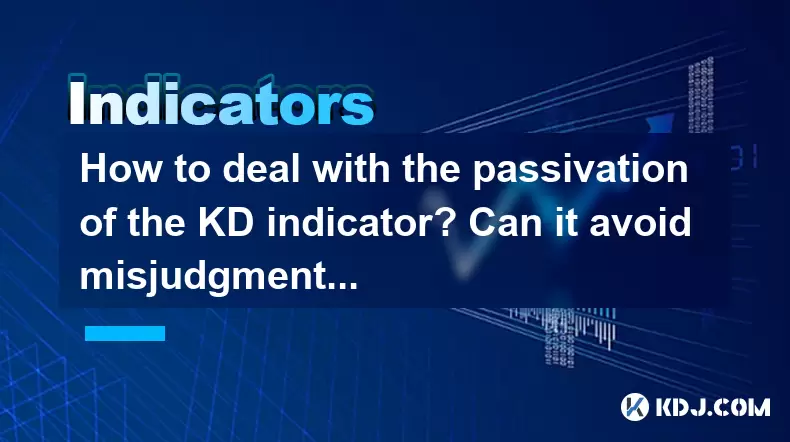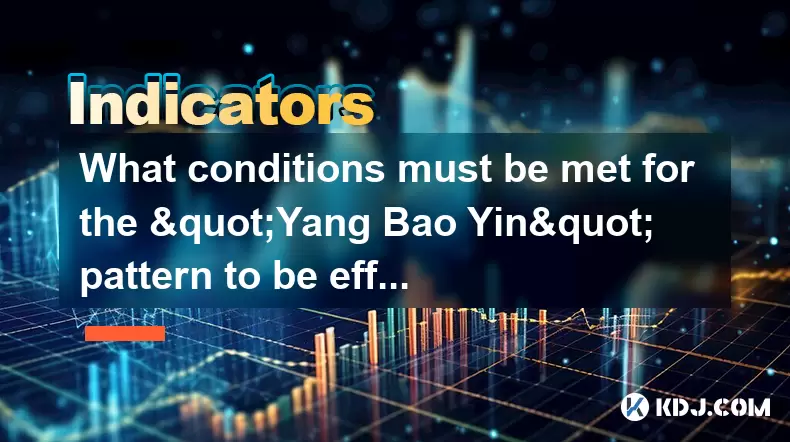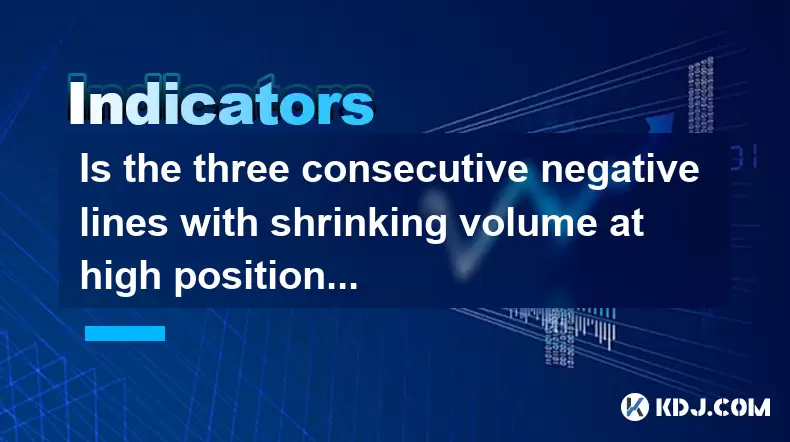-
 Bitcoin
Bitcoin $105,398.5023
1.75% -
 Ethereum
Ethereum $2,555.2076
3.43% -
 Tether USDt
Tether USDt $1.0004
-0.02% -
 XRP
XRP $2.1420
2.09% -
 BNB
BNB $651.8274
1.41% -
 Solana
Solana $146.6120
2.90% -
 USDC
USDC $0.9998
-0.01% -
 Dogecoin
Dogecoin $0.1773
3.19% -
 TRON
TRON $0.2715
0.86% -
 Cardano
Cardano $0.6350
1.86% -
 Hyperliquid
Hyperliquid $41.6576
9.72% -
 Sui
Sui $3.0264
2.34% -
 Bitcoin Cash
Bitcoin Cash $444.9663
11.29% -
 Chainlink
Chainlink $13.2560
2.72% -
 UNUS SED LEO
UNUS SED LEO $9.0324
1.94% -
 Avalanche
Avalanche $19.1824
2.67% -
 Stellar
Stellar $0.2586
1.47% -
 Toncoin
Toncoin $3.0063
2.58% -
 Shiba Inu
Shiba Inu $0.0...01205
4.59% -
 Hedera
Hedera $0.1580
3.52% -
 Litecoin
Litecoin $86.0051
4.95% -
 Polkadot
Polkadot $3.8023
2.34% -
 Ethena USDe
Ethena USDe $1.0005
0.01% -
 Monero
Monero $309.1882
1.96% -
 Dai
Dai $1.0000
0.01% -
 Bitget Token
Bitget Token $4.5486
1.61% -
 Uniswap
Uniswap $7.5266
8.36% -
 Pepe
Pepe $0.0...01113
5.10% -
 Aave
Aave $288.7607
8.66% -
 Pi
Pi $0.5784
4.89%
How to deal with the passivation of the KD indicator? Can it avoid misjudgment when combined with the Bollinger Bands?
To deal with KD indicator passivation, traders can use longer timeframes, combine it with Bollinger Bands, wait for confirmation, and adjust KD settings.
Jun 13, 2025 at 06:56 am

The KD indicator, also known as the Stochastic Oscillator, is a popular tool used by traders in the cryptocurrency market to identify potential overbought and oversold conditions. However, like any technical indicator, it can sometimes become passivated, leading to misjudgments in trading decisions. In this article, we will explore how to deal with the passivation of the KD indicator and whether combining it with Bollinger Bands can help avoid misjudgments.
Understanding KD Indicator Passivation
The KD indicator can become passivated when it remains in the overbought or oversold region for an extended period without showing any significant reversal signals. This can lead to false signals and misjudgments in trading decisions. Passivation often occurs in strong trending markets, where the price continues to move in one direction without significant pullbacks.
To identify passivation, traders should look for the following signs:
- The KD lines remain in the overbought (>80) or oversold (<20) region for an extended period.
- There is a lack of divergence between the KD lines and the price action.
- The KD lines do not cross each other frequently, indicating a lack of momentum shifts.
Dealing with KD Indicator Passivation
When the KD indicator becomes passivated, traders can employ several strategies to mitigate the risk of misjudgments:
- Use longer timeframes: Switching to a longer timeframe can help filter out noise and provide a clearer picture of the market trend. For example, if you are trading on a 1-hour chart and notice passivation, consider switching to a 4-hour or daily chart to see if the KD indicator behaves differently.
- Combine with other indicators: Using the KD indicator in conjunction with other technical indicators can help confirm signals and reduce the impact of passivation. We will discuss the use of Bollinger Bands in the next section.
- Wait for confirmation: Instead of acting on KD signals immediately, wait for additional confirmation from price action or other indicators before entering a trade. This can help avoid false signals caused by passivation.
- Adjust KD settings: Experiment with different KD settings, such as changing the period length or the smoothing factor, to see if it improves the indicator's responsiveness in passivated conditions.
Combining KD Indicator with Bollinger Bands
Bollinger Bands are another popular technical indicator used in cryptocurrency trading. They consist of a middle band (usually a simple moving average) and two outer bands that are standard deviations away from the middle band. Bollinger Bands can help identify potential overbought and oversold conditions, as well as periods of high or low volatility.
Combining the KD indicator with Bollinger Bands can help avoid misjudgments caused by passivation in several ways:
- Confirmation of overbought/oversold conditions: When the KD indicator shows an overbought or oversold condition, look for the price to touch or cross the upper or lower Bollinger Band, respectively. This can provide additional confirmation of the KD signal and reduce the impact of passivation.
- Divergence signals: Look for divergence between the KD indicator and the price action relative to the Bollinger Bands. For example, if the KD indicator shows an overbought condition but the price is not reaching the upper Bollinger Band, it may indicate a weakening trend and a potential reversal.
- Volatility analysis: Bollinger Bands can help assess market volatility, which can be useful in determining the reliability of KD signals. In periods of low volatility, the KD indicator may be more prone to passivation, while in periods of high volatility, the KD signals may be more reliable.
Implementing KD and Bollinger Bands in Trading
To effectively combine the KD indicator with Bollinger Bands, follow these steps:
- Set up the indicators: Add the KD indicator and Bollinger Bands to your trading chart. Ensure that the KD settings are appropriate for your trading style and timeframe. Common settings for Bollinger Bands are a 20-period simple moving average and 2 standard deviations for the outer bands.
- Identify overbought/oversold conditions: Monitor the KD indicator for overbought (>80) and oversold (<20) conditions. Look for the price to touch or cross the upper or lower Bollinger Band, respectively, to confirm these conditions.
- Watch for divergence: Pay attention to any divergence between the KD indicator and the price action relative to the Bollinger Bands. Divergence can signal potential trend reversals and help avoid misjudgments caused by passivation.
- Consider volatility: Use the width of the Bollinger Bands to assess market volatility. In periods of low volatility, be cautious of KD signals, as they may be more prone to passivation. In periods of high volatility, KD signals may be more reliable.
- Wait for confirmation: Before entering a trade based on KD and Bollinger Bands signals, wait for additional confirmation from price action or other indicators. This can help reduce the risk of false signals caused by passivation.
Practical Example of Combining KD and Bollinger Bands
Let's consider a practical example of how to combine the KD indicator with Bollinger Bands to avoid misjudgments caused by passivation:
- Scenario: You are trading Bitcoin on a 4-hour chart and notice that the KD indicator has been in the overbought region (>80) for several days without any significant reversal signals, indicating passivation.
- Step 1: Check the Bollinger Bands to see if the price is touching or crossing the upper band. If it is, this can provide additional confirmation of the overbought condition and reduce the impact of passivation.
- Step 2: Look for any divergence between the KD indicator and the price action relative to the Bollinger Bands. If the KD indicator remains in the overbought region but the price starts to pull back from the upper Bollinger Band, it may indicate a weakening trend and a potential reversal.
- Step 3: Assess the width of the Bollinger Bands to gauge market volatility. If the bands are narrow, indicating low volatility, be cautious of the KD signal, as it may be more prone to passivation. If the bands are wide, indicating high volatility, the KD signal may be more reliable.
- Step 4: Wait for additional confirmation from price action or other indicators before entering a trade. For example, if the price breaks below a key support level or a bearish candlestick pattern forms, it can provide further confirmation of a potential reversal.
Frequently Asked Questions
Q: Can the KD indicator be used effectively in all market conditions?
A: The KD indicator can be useful in various market conditions, but its effectiveness may vary. In ranging markets, the KD indicator can help identify potential overbought and oversold conditions and generate reliable signals. However, in strong trending markets, the KD indicator may become passivated, leading to false signals and misjudgments. Combining the KD indicator with other tools, such as Bollinger Bands, can help improve its reliability across different market conditions.
Q: How often should I adjust the KD indicator settings to deal with passivation?
A: There is no fixed rule for adjusting KD indicator settings to deal with passivation. It depends on the specific market conditions and your trading style. If you notice that the KD indicator is consistently passivated in certain market conditions, you may want to experiment with different settings, such as changing the period length or the smoothing factor. However, be cautious not to over-optimize the settings, as this can lead to curve-fitting and poor performance in real-time trading.
Q: Are there any other indicators that can be combined with the KD indicator to avoid misjudgments?
A: Yes, there are several other indicators that can be combined with the KD indicator to help avoid misjudgments. Some popular options include:
- Relative Strength Index (RSI): Like the KD indicator, the RSI can help identify potential overbought and oversold conditions. Combining the two indicators can provide additional confirmation of signals and reduce the impact of passivation.
- Moving Average Convergence Divergence (MACD): The MACD can help identify potential trend changes and momentum shifts. Using the MACD in conjunction with the KD indicator can help confirm signals and avoid misjudgments caused by passivation.
- Volume-based indicators: Indicators such as the On-Balance Volume (OBV) or the Volume Weighted Average Price (VWAP) can help assess the strength of price movements. Combining these indicators with the KD indicator can provide additional context and help avoid false signals caused by passivation.
Disclaimer:info@kdj.com
The information provided is not trading advice. kdj.com does not assume any responsibility for any investments made based on the information provided in this article. Cryptocurrencies are highly volatile and it is highly recommended that you invest with caution after thorough research!
If you believe that the content used on this website infringes your copyright, please contact us immediately (info@kdj.com) and we will delete it promptly.
- Hyperliquid's HYPE token has reached a new all-time high
- 2025-06-14 11:20:13
- Introduction to Pump.fun Token Launch Progress
- 2025-06-14 11:20:13
- Introduction: The Dawn of Altcoin ETF Summer
- 2025-06-14 11:15:13
- Coinbase vs. Crypto.com - Which exchange is right for you?
- 2025-06-14 11:15:13
- The 50‑day moving average for Dogecoin recently dipped below the 200‑day
- 2025-06-14 11:10:12
- mETH Protocol Integrates with Hong Kong–based OSL to Expand Institutional Access to Liquid Staking
- 2025-06-14 11:10:12
Related knowledge

How to calculate the probability of trend continuation after the MACD column divergence?
Jun 14,2025 at 08:01am
Understanding MACD Column DivergenceThe Moving Average Convergence Divergence (MACD) is a widely used technical indicator in cryptocurrency trading. The MACD column, also known as the histogram, represents the difference between the MACD line and the signal line. When price makes a new high or low but the MACD histogram does not confirm this movement, a...

What are the volume requirements for adjusting the K line in the "rising three methods" pattern?
Jun 14,2025 at 07:50am
Understanding the 'Rising Three Methods' Pattern in Cryptocurrency TradingThe 'rising three methods' pattern is a bullish continuation candlestick formation that traders often use to identify potential upward momentum in cryptocurrency price charts. This pattern typically appears during an uptrend and suggests that the trend is likely to continue after ...

What conditions must be met for the "Yang Bao Yin" pattern to be effective?
Jun 14,2025 at 06:42am
Understanding the 'Yang Bao Yin' Pattern in Cryptocurrency TradingThe Yang Bao Yin pattern is a candlestick formation commonly observed in technical analysis within the cryptocurrency market. This pattern typically signals a potential bullish reversal after a downtrend. However, for this pattern to be effective and reliable, certain conditions must be m...

Is the three consecutive negative lines with shrinking volume at high positions a signal that the main force has finished shipping?
Jun 14,2025 at 09:56am
Understanding the Concept of Three Consecutive Negative LinesIn cryptocurrency trading, three consecutive negative lines refer to a situation where an asset's price chart shows three successive candlesticks with closing prices lower than their opening prices. This pattern typically indicates bearish sentiment in the market. When this occurs at high posi...

Is it an opportunity for the long positive line with large volume to break through the platform and then shrink back?
Jun 14,2025 at 04:42am
Understanding the Long Positive Line with Large VolumeIn technical analysis, a long positive line refers to a candlestick pattern where the closing price is significantly higher than the opening price, often indicating strong buying pressure. When this occurs alongside large volume, it suggests that market participants are actively involved in pushing t...

How to grasp the 60-minute KD oversold + 15-minute bottom divergence?
Jun 14,2025 at 06:15am
Understanding the 60-Minute KD Oversold SignalThe KD indicator, also known as the Stochastic Oscillator, is a momentum oscillator that compares a particular closing price of a cryptocurrency to its price range over a given time period. When analyzing 60-minute charts, traders often look for oversold conditions in the KD line, which typically occur when ...

How to calculate the probability of trend continuation after the MACD column divergence?
Jun 14,2025 at 08:01am
Understanding MACD Column DivergenceThe Moving Average Convergence Divergence (MACD) is a widely used technical indicator in cryptocurrency trading. The MACD column, also known as the histogram, represents the difference between the MACD line and the signal line. When price makes a new high or low but the MACD histogram does not confirm this movement, a...

What are the volume requirements for adjusting the K line in the "rising three methods" pattern?
Jun 14,2025 at 07:50am
Understanding the 'Rising Three Methods' Pattern in Cryptocurrency TradingThe 'rising three methods' pattern is a bullish continuation candlestick formation that traders often use to identify potential upward momentum in cryptocurrency price charts. This pattern typically appears during an uptrend and suggests that the trend is likely to continue after ...

What conditions must be met for the "Yang Bao Yin" pattern to be effective?
Jun 14,2025 at 06:42am
Understanding the 'Yang Bao Yin' Pattern in Cryptocurrency TradingThe Yang Bao Yin pattern is a candlestick formation commonly observed in technical analysis within the cryptocurrency market. This pattern typically signals a potential bullish reversal after a downtrend. However, for this pattern to be effective and reliable, certain conditions must be m...

Is the three consecutive negative lines with shrinking volume at high positions a signal that the main force has finished shipping?
Jun 14,2025 at 09:56am
Understanding the Concept of Three Consecutive Negative LinesIn cryptocurrency trading, three consecutive negative lines refer to a situation where an asset's price chart shows three successive candlesticks with closing prices lower than their opening prices. This pattern typically indicates bearish sentiment in the market. When this occurs at high posi...

Is it an opportunity for the long positive line with large volume to break through the platform and then shrink back?
Jun 14,2025 at 04:42am
Understanding the Long Positive Line with Large VolumeIn technical analysis, a long positive line refers to a candlestick pattern where the closing price is significantly higher than the opening price, often indicating strong buying pressure. When this occurs alongside large volume, it suggests that market participants are actively involved in pushing t...

How to grasp the 60-minute KD oversold + 15-minute bottom divergence?
Jun 14,2025 at 06:15am
Understanding the 60-Minute KD Oversold SignalThe KD indicator, also known as the Stochastic Oscillator, is a momentum oscillator that compares a particular closing price of a cryptocurrency to its price range over a given time period. When analyzing 60-minute charts, traders often look for oversold conditions in the KD line, which typically occur when ...
See all articles

























































































